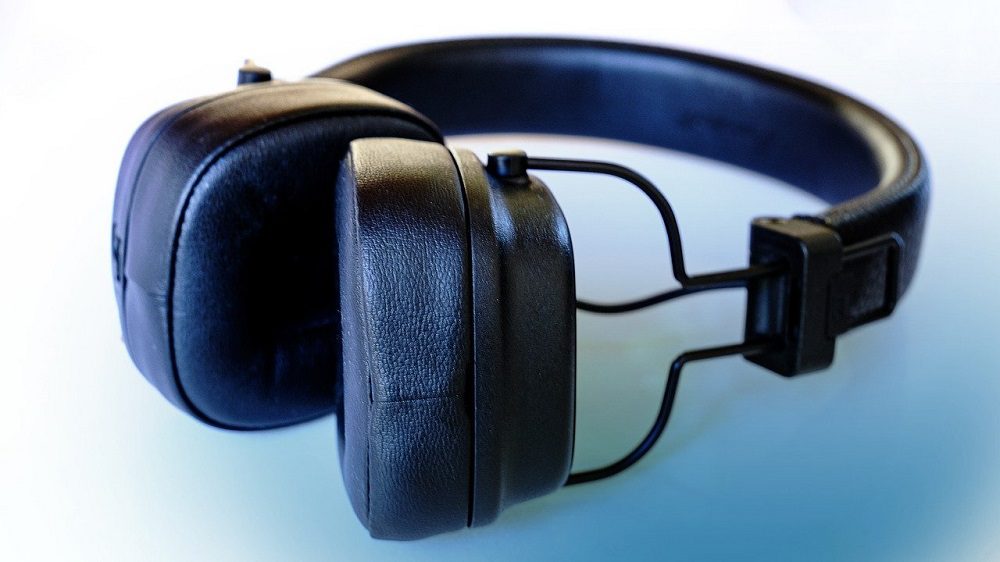The evolution of Bluetooth technology in 2004 helped wireless headphones go mainstream. You’ve likely used wireless headphones without thinking about the revolutionary technology behind these gadgets; here’s your chance to gain insight into the world of wireless headphones and what makes one better than the other.
How Do Wireless Headphones Work?
Wireless headphones work by transmitting a radio signal to the device that it needs to connect with. Once the connection is made, the two devices are paired, which means that the headphones are wirelessly connected to the source.
When Bluetooth functionality is enabled on Bluetooth headphones, it searches for a signal from the source device. If the source device has already encoded the radio signal and sent it through the air, the wireless Bluetooth headphones will receive the signal, decode it, and turn it into an audio signal that you can understand.
While most wireless headphones use radio waves, certain headphones also transmit infrared signals.
What Are the Pros and Cons of Wireless Headphones?
Before buying headphones, consider these benefits and drawbacks of wireless technology:
Benefits
- Convenient: Wireless headphones are popular because they let you experience high-quality audio without worrying about tangled wires and cables.
- Versatile: They’re useful when you want to hear your favorite audio while exercising, driving a car, or running errands.
Portable: These wireless gadgets are either very compact or collapsible, which makes it easier to take them everywhere. - Functional: Multiple Bluetooth headphones can connect to a single TV or a game console. Wired gadgets are not able to do so
Drawbacks
- Audio Quality: Wireless headphones usually have a lower audio quality. However, there’s been significant advancements in technology, so most people barely notice the difference.
- Battery Life: Wireless headphones have batteries, which drain after a while. Most wired headphones don’t utilize batteries.
- Price: Due to the high-tech functions and compatibility with other devices, high-quality wireless headphones are generally priced a bit higher compared to their wired counterparts.
What’s the Difference Between Bluetooth and Wireless Headphones?
Bluetooth and wireless headphones are not the same. All Bluetooth headphones are wireless, but not all wireless headphones are Bluetooth.
While Bluetooth headphones use short-range radio waves to transmit audio signals, wireless headphones use both radio waves and infrared to transmit audio signals.
Perhaps the main difference between the two is the widespread availability of Bluetooth in modern devices. If you have Bluetooth headphones, you can easily pair it to a TV, phone, laptop, or gaming device because almost every modern device has a built-in function to support Bluetooth.This isn’t the case with many wireless headphones – it’s often difficult to sync them with a non-compatible device. In fact, it’s common for many wireless headphone manufacturers to introduce a device that is only compatible with another device of the same brand.
Apart from these differences, you may also notice that certain wireless headphones offer wireless connectivity up to 300 feet. This is in stark contrast to Bluetooth technology that offers a connection up to a maximum of 33 feet.
How Can I Improve My Wireless Headphones Signal?
It’s frustrating when you can’t listen to your favorite audio due to poor signal quality. If this happens, use these time-tested headphone troubleshooting hacks:
- Change the position of the device to increase the signal. If your mobile device is in a phone case, inside a bag or in your pocket, it’s best to remove it and place the device closer to your headphones.
- WiFi near a device can interfere with the signal, particularly if both of the devices use a 2.4 GHz frequency band. Power off WiFi or take the headphones away from the WiFi source. If you’re using noise-canceling headphones, turn off the noise-cancellation function.
- If multiple apps are running on the source device, it can slow down the signal. Close unnecessary apps on the source device to improve signal strength.
- Audio played at a high-bit rate can cause issues. If possible, set the sound quality mode to Priority on stable connection mode. You can also set the bit rate to the bit rate that your unit supports. Consult your user manual on how to do this.
- Delete the pairing data and try to re-establish the connection by pairing the two devices again. If this doesn’t work, reset the unit or perform a factory reset
Which Wireless Sport Headphones Are Best?
Sport headphones and earbuds are typically used for fitness and recreational activities because they’re designed to stay snug and secure during workouts.
Good sport headphones need to be comfortable. Comfort is critical during physical activities because you don’t want to stop and adjust your headphones every few minutes. Headphones with an open-ear design are known to be the most comfortable headphones on the market.
There are a lot of great sports headphones, but Shokz wireless sport headphones are among the best in this class. The design leaves your ears uncovered so you’re aware of your surroundings at all times.
They are highly recommended for fitness fanatics because Shokz is intentionally designed for outdoor use. The premium sound quality, fair price point, water-resistance and extremely durable design makes Shokz headphones ideal to use anytime, anywhere.


